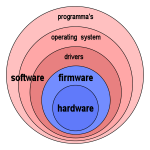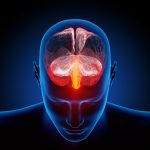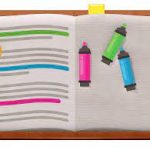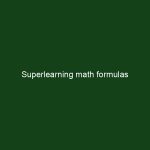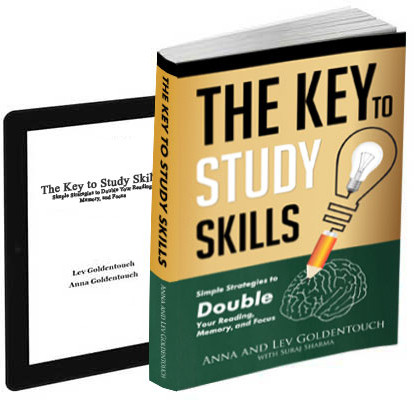In her courses Anna recommends resources that are out of scope of our Udemy course. We are planning to make some of these resources available for the readers of this blog. All resources are very simple flash and TOTALLY FREE. Game collection Games for the brain Probably the best collection of simple games. Trains visualization …
Chunking and linking markers
Our students learn to manipulate with visual markers they create, often relying on trial and error. There are at least two operations on visual markers that create basic knowledge representation: chunking and linking. Chunking deals with structuring information into manageable chunks. Linking deals with defining relationships between chunks and within chunks. Below is a discussion …
How do you choose what word to mark?
The link between visual markers and superlearning is not self-evident. It is hard to visualize the marks and link marks together, but sometimes it is even harder to create connection between the text and the marks we visualize. The perfect way to choose which words to create markers for is our secret source, but we …
Markers for hardware and software
Some of our students need to create visual markers in specific fields of knowledge. Hardware and software are very specific fields of knowledge that require specialized methodology of visualization for engineers and programmers. Below is a discussion attempting to deal with this issue. Question: I’m having troubles creating markers for technical materials such as hardware/software manuals and …
Neuroplasticity
Neuroplasticity is the ability of brain to adapt itself. When we change our learning habits we rewire the brain. Some students want to know more about the ability of the brain to rewire. Below is an-depth discussion of the subject. Question: How can anyone “rewire” his/hers brain? Answer: Scientists call this ability neuroplasticity. Scientists have …
Alternatives to visual markers
Some of our students really struggle creating visual markers. Visualization is easy for most of us, but hard for some people. There are effective alternatives for visualization which we offer to students with uncommon set of abilities. These alternatives are more complex to use, but they may make the difference between learning and superlearning. Question: …
Linking markers
It is not enough to remember details, it is very important to connect the details with each other. There are several levels of linking markers. We start from examples of low-level visualization and related linking, and end with high-level visualization and related linking of markers. We start from creating short and simple stories, build up …
Reading detail-rich material
Many of our students need to learn boring, complex material rich in details. How do you remember complex statistics or medical description? You break it into smaller step, use a lot of humour, and try to keep consistent tone in details and imagery. We teach our advanced students high-level visualization, but you can successfully remember …
Superlearning math formulas
Mathematical formulas are especially difficult to handle. Math is basically a different language that explains complex relationships between abstract objects. It makes no sense to visualize math as you would visualize history. My personal approach comes from data analytic and is graphical: there are various mathematical forces that bend graphs in various ways. Understanding why …
How to generate visual markers on-the-fly
Generating markers slowly is not good enough for speedreading. Generating markers fast requires certain level of skill. Our beginner-level student do not know how to overcome the controlled visualization speed limitations. When the students are ready, we teach them to reduce the level of control and enjoy free associations. Below are some discussions from our …
Continue reading “How to generate visual markers on-the-fly”



